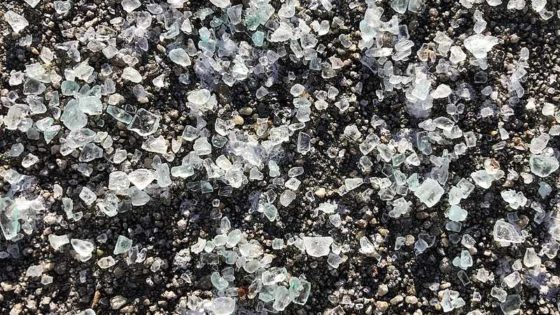Kan, J., M. Suzuki, K. Wang, S.E. Evans, and F. Chen. 2007. Applied and Environmental Microbiology 73:6776–6789.
Abstract
Compared to freshwater and the open ocean, less is known about bacterioplankton community structure and spatiotemporal dynamics in estuaries, particularly those with long residence times. The Chesapeake Bay is the largest estuary in the United States, but despite its ecological and economic significance, little is known about its microbial community composition. A rapid screening approach, ITS (internal transcribed spacer)-LH (length heterogeneity)-PCR, was used to screen six rRNA operon (16S rRNA-ITS-23S rRNA) clone libraries constructed from bacterioplankton collected in three distinct regions of the Chesapeake Bay over two seasons. The natural length variation of the 16S-23S rRNA gene ITS region, as well as the presence and location of tRNA-alanine coding regions within the ITS, was determined for 576 clones. Clones representing unique ITS-LH-PCR sizes were sequenced and identified. Dramatic shifts in bacterial composition (changes within subgroups or clades) were observed for the Alphaproteobacteria(Roseobacter clade, SAR11), Cyanobacteria (Synechococcus), and Actinobacteria, suggesting strong seasonal variation within these taxonomic groups. Despite large gradients in salinity and phytoplankton parameters, a remarkably homogeneous bacterioplankton community was observed in the bay in each season. Stronger seasonal, rather than spatial, variation of the bacterioplankton population was also supported by denaturing gradient gel electrophoresis and LH-PCR analyses, indicating that environmental parameters with stronger seasonal, rather than regional, dynamics, such as temperature, might determine bacterioplankton community composition in the Chesapeake Bay.


